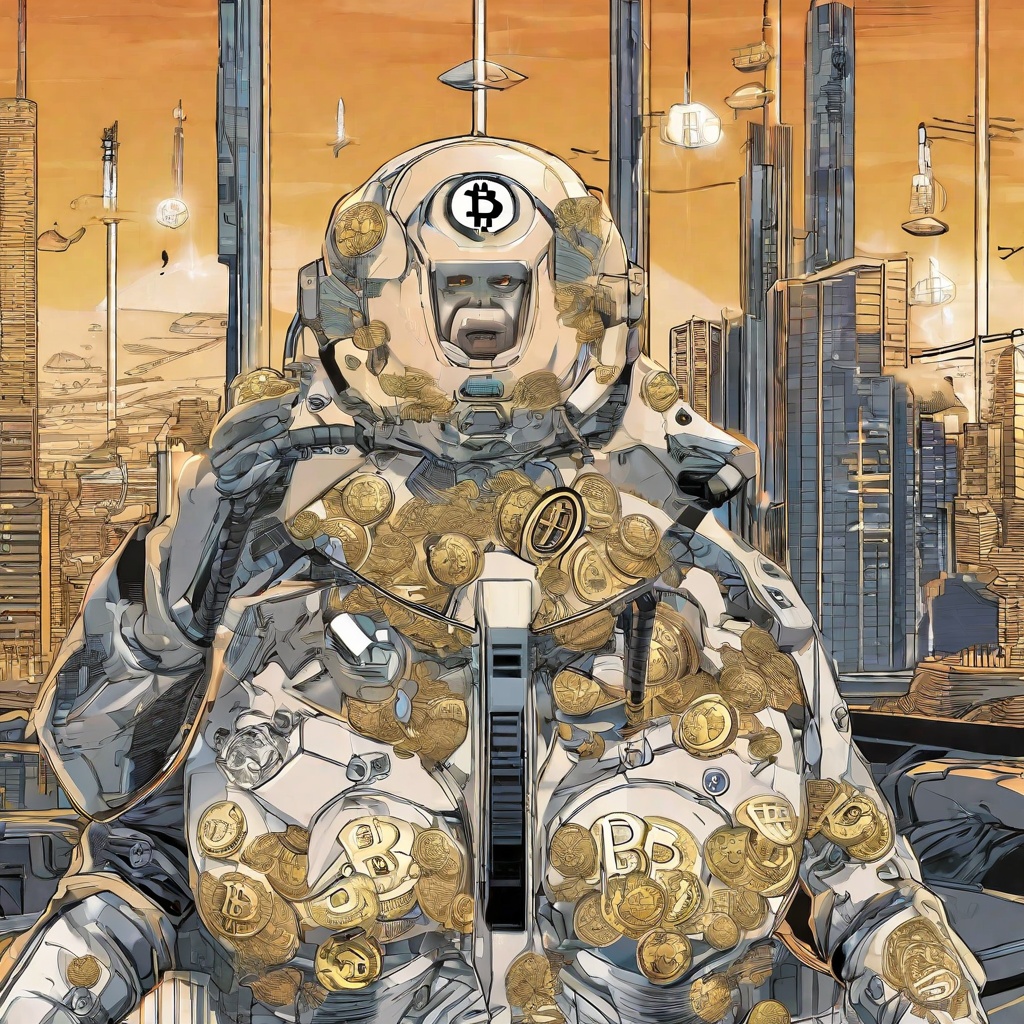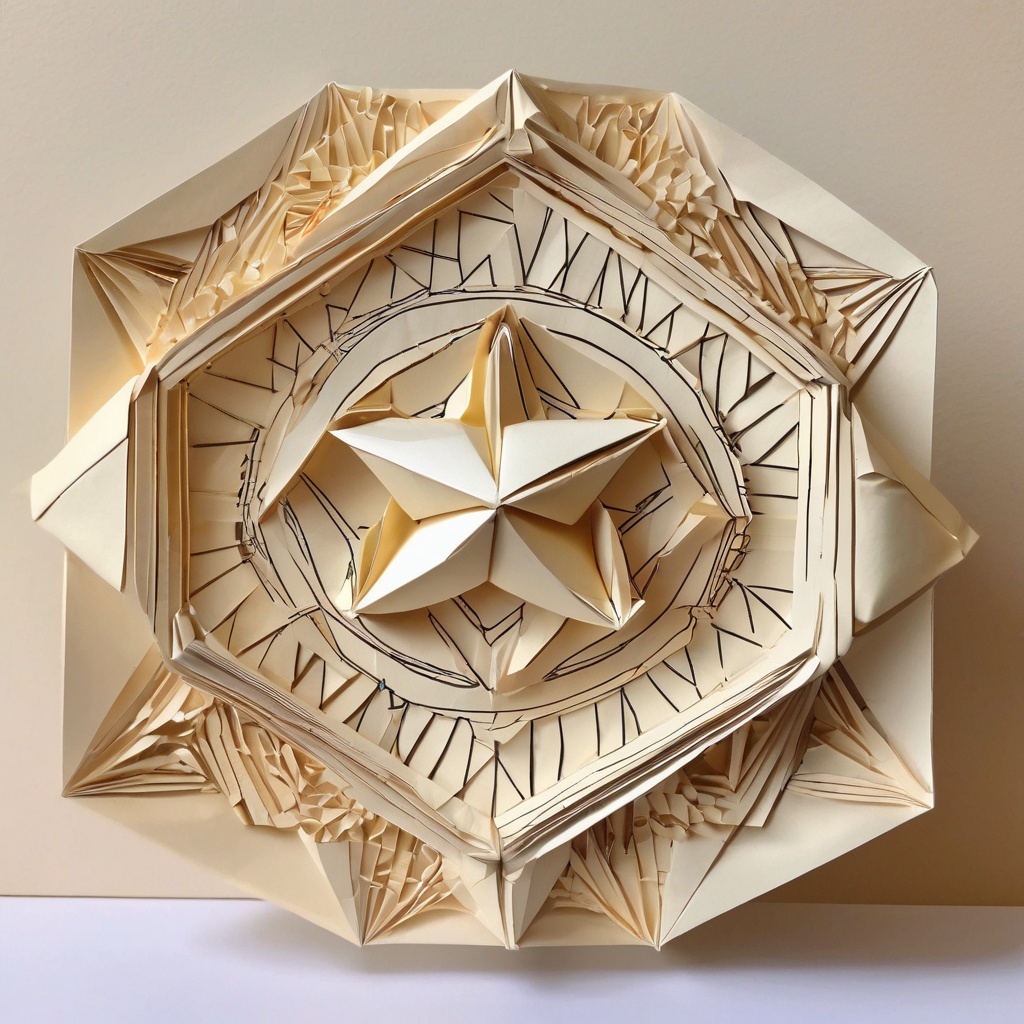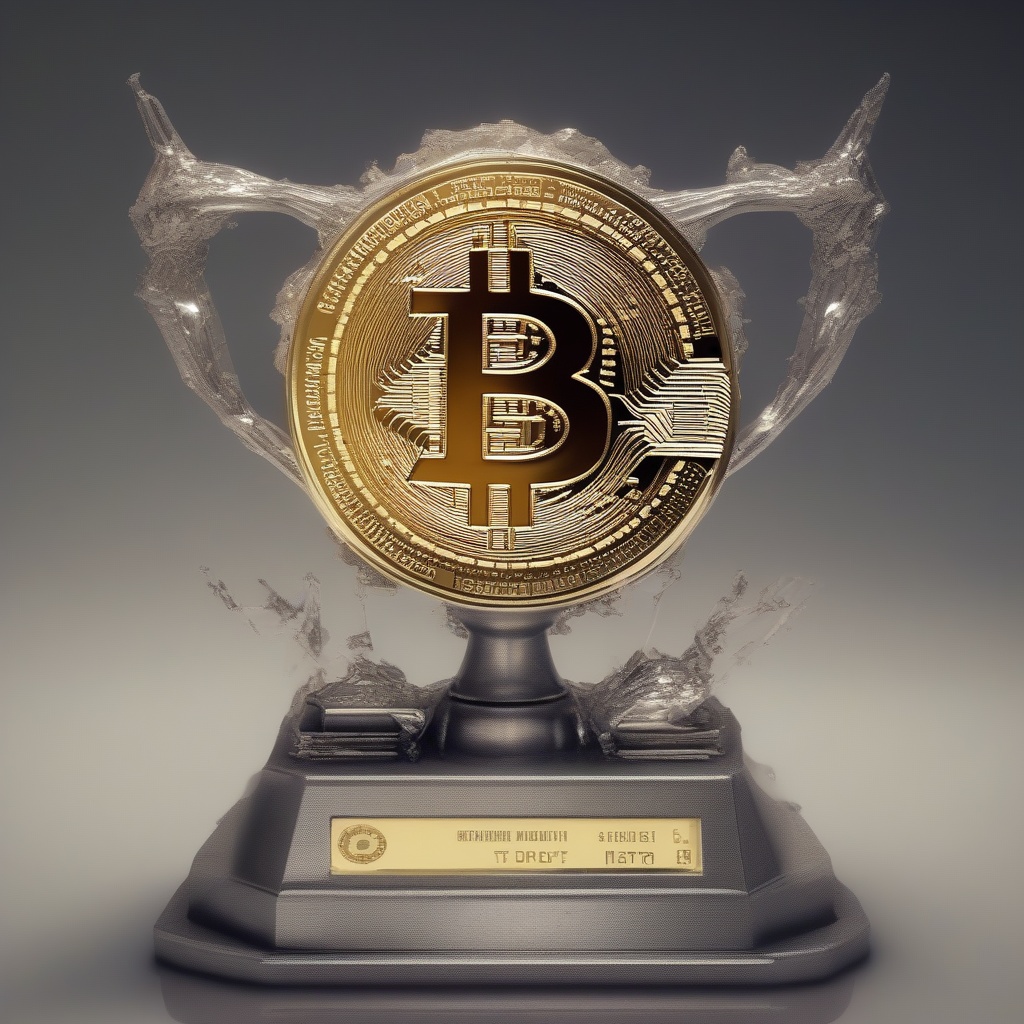Is Artemis a female Brawlhalla?
I'm curious to know, is Artemis indeed a female character in the game of Brawlhalla? It's not uncommon for video games to feature both male and female fighters, each with their own unique abilities and backstories. Artemis, with her name alone, conjures up images of the Greek goddess of the hunt and wilderness, who was indeed depicted as female in mythology. But in the context of Brawlhalla, does this hold true? Could Artemis potentially be a formidable female warrior among the ranks of the game's diverse cast of characters? I'm eager to hear your thoughts on this matter.

Is Boots from Dora a female?
Excuse me, I'm curious about something. In the context of the animated series Dora the Explorer, is the character Boots, who often accompanies Dora on her adventures, portrayed as a female? I've always found the character endearing, but I've never quite been clear on its gender identity. Could you please clarify for me? I'd greatly appreciate it.

Is Diavolo a female?
Excuse me, but I'm a bit confused about something. The name "Diavolo" doesn't immediately strike me as a gender-specific one, so I'm wondering if you could clarify: is Diavolo a female character or entity? I understand that names can sometimes be misleading or ambiguous, so I'd appreciate your insight on this matter. Thank you for your time.

Is the Maneki Neko a male or female cat?
Have you ever wondered about the gender of the Maneki Neko, the iconic Japanese good luck charm featuring a beckoning cat? It's a question that has sparked much debate and intrigue among fans of the charming feline. Some argue that the Maneki Neko is inherently male, pointing to traditional Japanese folklore and the prevalence of male cats in Japanese culture. Others contend that the gender is less important and that the cat serves as a universal symbol of good fortune and prosperity. But what's the real answer? Is the Maneki Neko a male or female cat, or is it a question that transcends such distinctions? Join us as we delve into the mysteries of this beloved good luck charm and explore the various perspectives on its gender.

Is the maneki-neko a male or female cat?
Can anyone tell me, with certainty, if the maneki-neko, the traditional Japanese beckoning cat, is depicted as a male or female feline? It's a fascinating topic, as the cat's gesture of beckoning with its paw is believed to bring good luck and prosperity to businesses. But does the gender of this charming feline hold any significance in its symbolism, or is it simply a matter of artistic interpretation? I'd love to hear your thoughts on this intriguing question.

